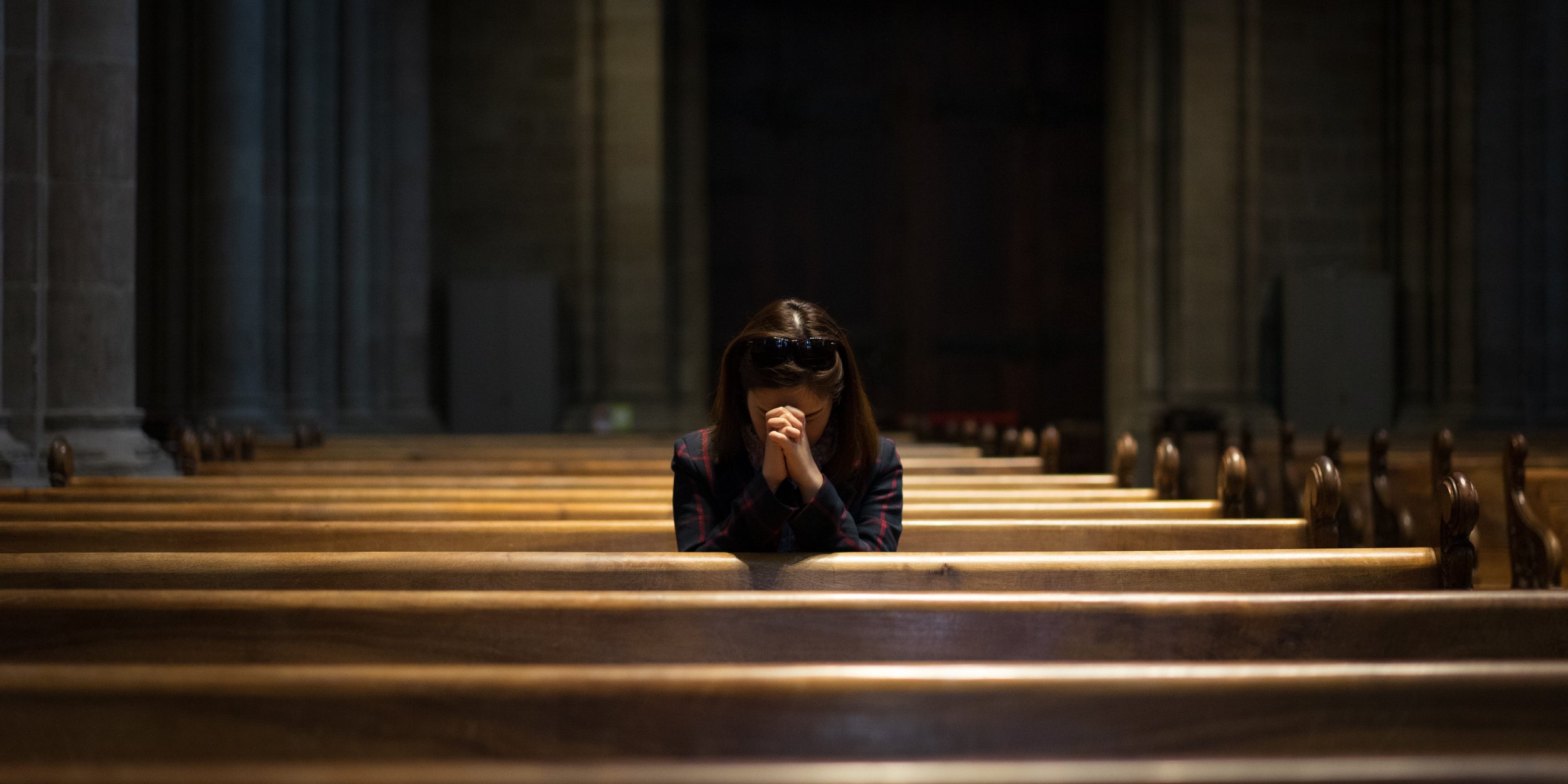Controversial Permanent Stays of Proceedings in Historical Child Abuse Cases
For survivors of institutional childhood abuse, coming forward to seek legal recourse can be a difficult and emotionally draining experience. Unfortunately, even those who do summon the courage to pursue justice may face another obstacle: the legal system itself.
The time between the abuse and any civil claim could be decades. Typically, this is because victims of childhood abuse may not feel comfortable unearthing childhood traumas or because they are disconnected from legal avenues of compensation.
Following the Recommendation of the Royal Commission into Institutional Responses to Child Sexual Abuse, the Limitation Act 1969 (NSW) was amended with retrospective effect, abolishing the limitation period on a civil claim for child abuse. However, this placed no limit on the court’s inherent jurisdiction to permanently stay proceedings because the passage of time has caused evidential issues (Moubarak by his tutor Coorey v Holt [2019]).
A permanent stay of proceedings is a legal order that terminates legal proceedings in their entirety, preventing the case from being heard by a court, due to the following:
Unavailability of a witness through death, illness or disappearance;
Erosion of memory of a witness;
Loss of documentary evidence; or
Difficulties with investigating the causation of an injury and the quantum of loss given the time-lapse.
In such cases, the defendant may argue that the charge against them should be dismissed, as they cannot receive a fair trial. Reliance on this is known as the ‘prejudice defence.’
There has been inconsistent and unjust application of the prejudice defence. In the recent matter, BTM1 v Scout Association of Australia New South Wales Branch [2023], the permanent stay of proceedings was granted on the basis that the time elapsed between the abuse and the claim had resulted in a lack of evidence, though the perpetrator had pleaded guilty to the abuse in a criminal trial and was still alive serving a prison sentence at the time of the trial.
By contrast, in O’Callaghan v Trustees of the Marist Brothers [2023], a permanent stay of proceedings was not granted. Justice Elkaim stated that removing the limitation period would have ‘envisaged the revival of historic sexual abuse cases in circumstances where the alleged abusers may no longer be able to respond to these allegations, let alone be alive. Just as the Royal Commission revealed that the abuse of the children in institutions… was far from an exception, then the current pursuit of the abusers must be equally unexceptional.’
The inconsistent application of the prejudice defence demonstrates a disparity in the law, resulting in unjust outcomes for victims of childhood abuse. In June, the High Court will have the opportunity to clarify its stance on the issue when hearing The Trustees of the Roman Catholic Church for the Diocese of Lismore v GLJ; however, it is clear the issue must be clarified on a legislative level. It is crucial to find a solution that balances justice for survivors while also ensuring a fair legal process for all parties involved.

